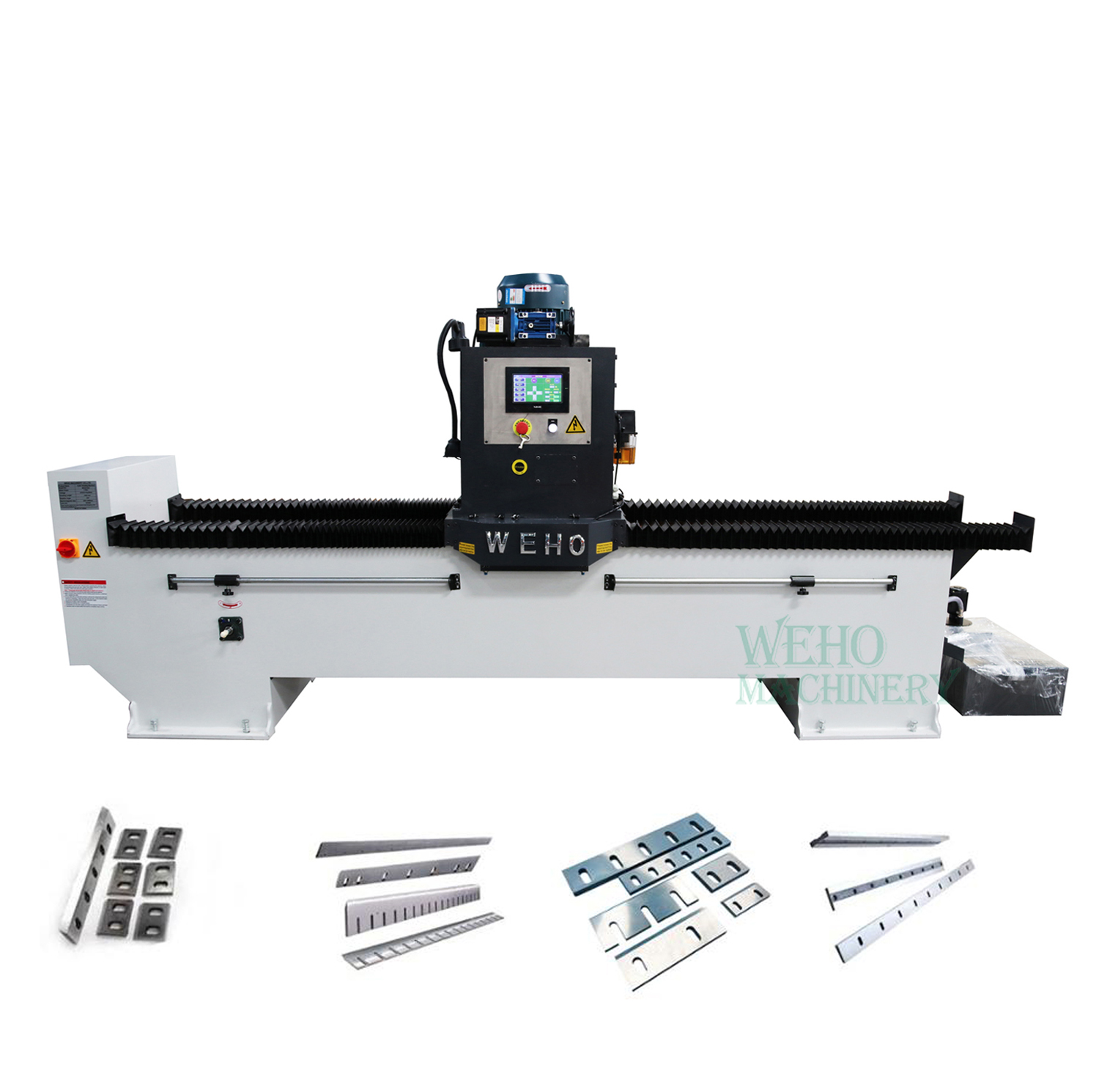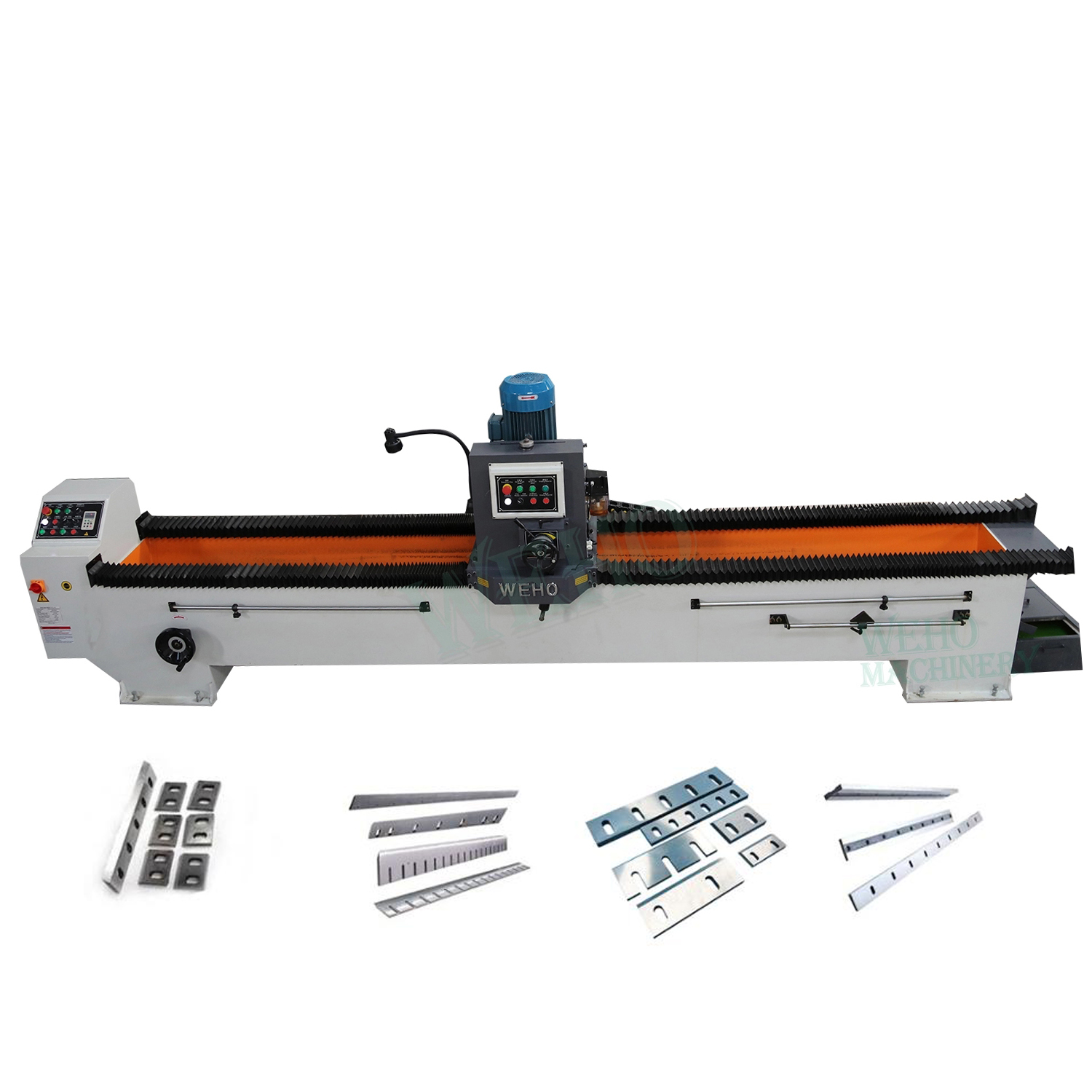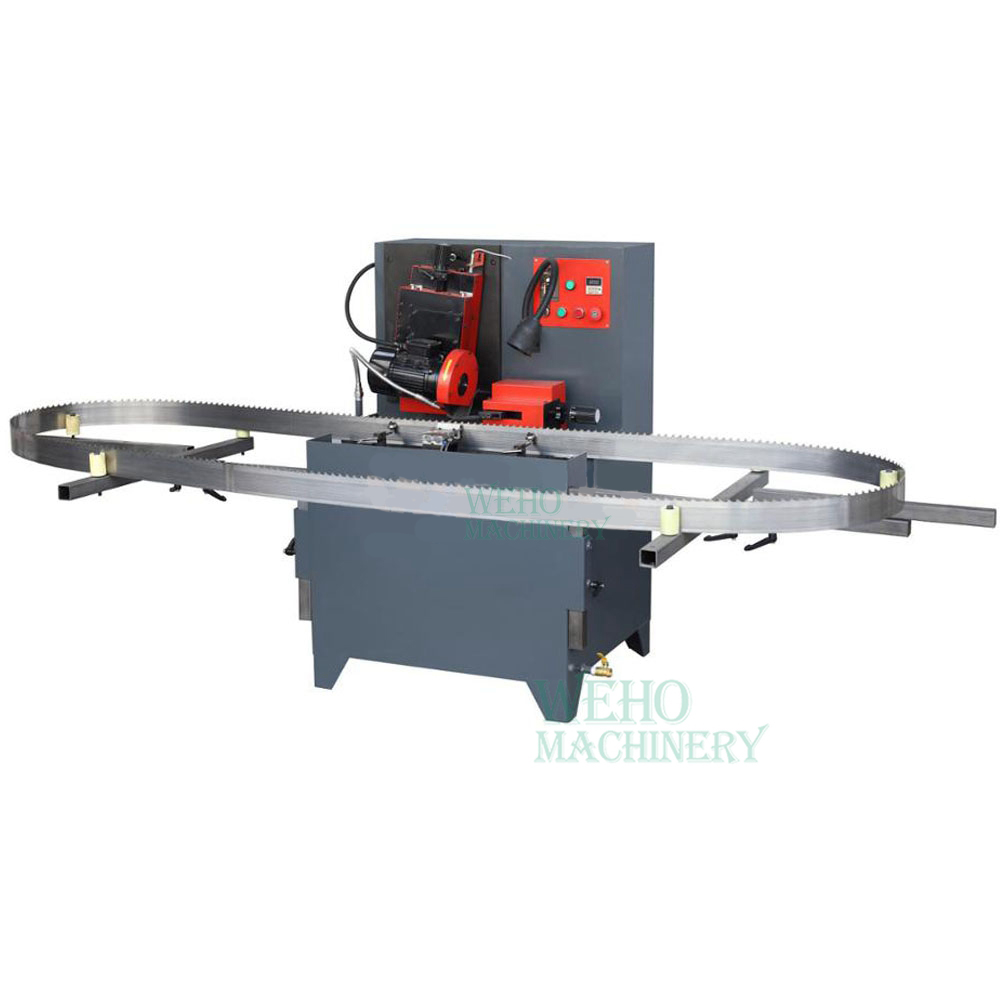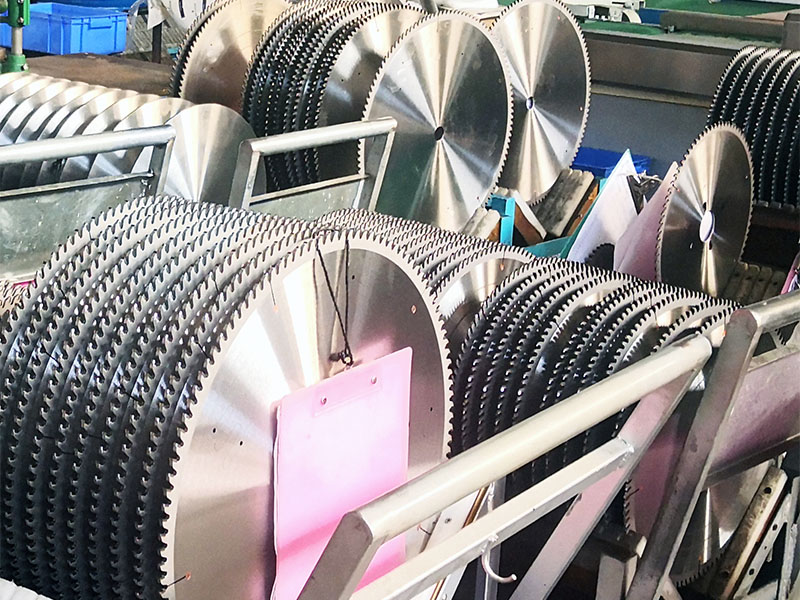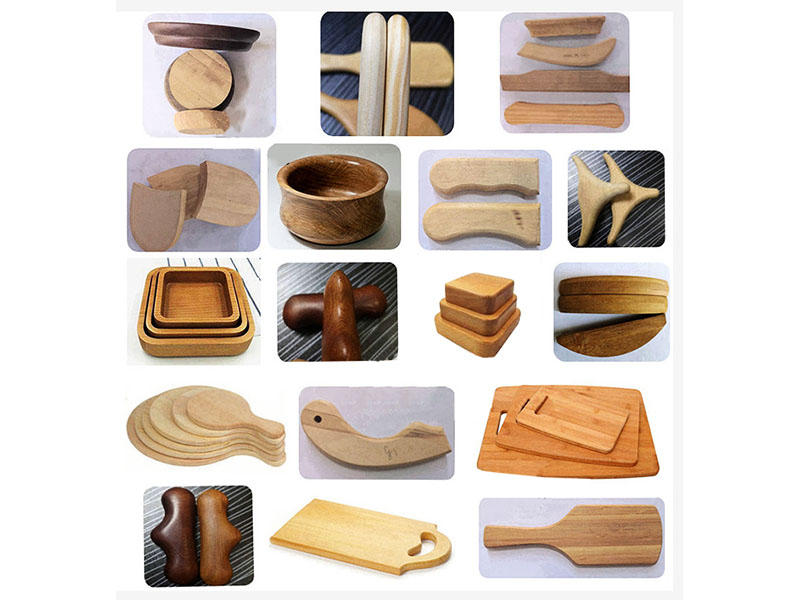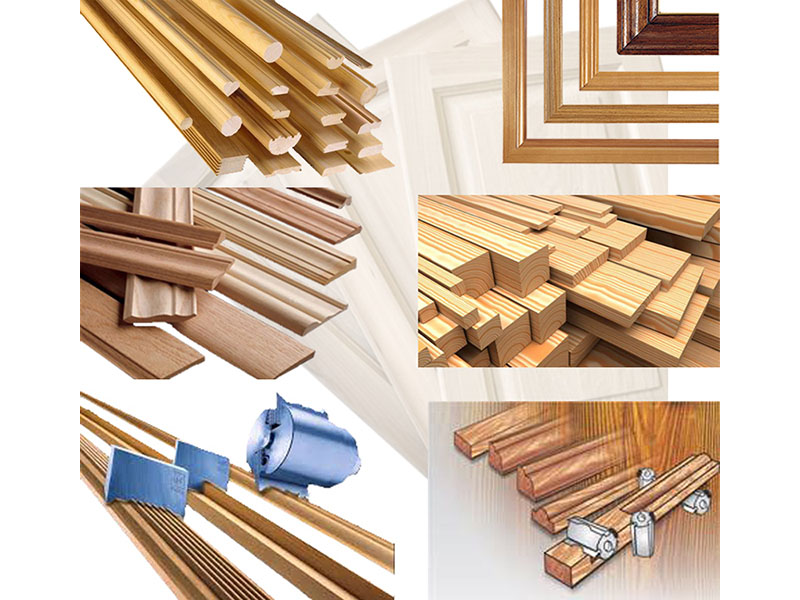.jpg.jpg)
Tips To Choose The Best Knife Sharpening Machine for Manufacturing Plant
In manufacturing plants, particularly those involved in paper cutting, woodworking, or plastic processing, maintaining sharp knives is crucial for efficient production and product quality. A well-chosen knife sharpening machine can significantly enhance operational efficiency, reduce downtime, and extend the lifespan of the knives. However, selecting the right machine can be challenging due to the variety of options available and the specific needs of different manufacturing environments. This article provides comprehensive tips for choosing the best knife sharpening machine tailored to the requirements of a manufacturing plant.
1. Assess Your Needs
Before purchasing a knife sharpening machine, it's essential to assess your specific needs. Consider the types of knives used in your plant, their materials, lengths, and the frequency of sharpening required.
Knife Material: Different materials require different sharpening techniques. For example, carbide steel knives may need specialized grinding wheels to avoid damage.
Knife Length and Type: The machine should be capable of handling the maximum length of your knives. Some machines are designed for straight blades, while others can handle circular or serrated knives.
Sharpening Frequency: High-volume operations may require automated machines to minimize manual labor and ensure consistent results.
2. Understand Sharpening Techniques
Industrial knife sharpening involves various techniques, each suited to different types of knives:
Flat Grinding: Ideal for straight-edged knives used in paper cutting and slitting operations. It provides precision edge maintenance with minimal material removal.
Rotary Grinding: Suitable for circular knives, this method delivers a sharp and clean cutting edge while reducing heat buildup.
Manual Sharpening: Though less common in large-scale operations, manual sharpening is useful for occasional maintenance or smaller knives.
3. Consider Machine Features
When evaluating knife sharpening machines, consider the following features:
Grinding Wheel Material: Choose a machine with grinding wheels that match the material of your knives to prevent overheating or damage.
Cooling System: A cooling system is essential to prevent overheating, which can weaken the knife's steel.
Adjustable Angle: The ability to adjust the sharpening angle is crucial for achieving optimal sharpness for different knife types.
Automation Level: Automated machines are ideal for high-volume operations, offering consistent results with minimal human intervention.
4. Evaluate Machine Specifications
Power and Speed: Higher power and speed can increase efficiency but may also increase wear on the knives if not properly controlled.
Weight and Portability: Consider whether the machine needs to be moved around the plant or can be fixed in one location.
Maintenance Requirements: Look for machines with low maintenance needs to minimize downtime.
5. Brand Reputation and After-Sales Support
Brand Reputation: Choose a reputable brand known for producing high-quality machines like WEHO that meet industry standards.
After-Sales Support: Ensure the manufacturer offers reliable after-sales service, including spare parts availability and technical support.
6. Budget Considerations
While it's tempting to opt for the most expensive machine, it's crucial to balance cost with your specific needs. Consider the long-term benefits of investing in a machine that may initially seem more expensive but offers better performance and durability.
7. Safety Features
Ensure the machine includes safety features such as protective guards and secure clamping systems to prevent accidents during operation.
8. Environmental and Space Considerations
Noise and Dust: If the machine will be used in a shared workspace, consider its noise level and dust generation.
Space Requirements: Ensure the machine fits within your available space and is easily accessible for maintenance.
9. Future Trends in Knife Sharpening Technology
As technology advances, knife sharpening machines are becoming more sophisticated, incorporating features like advanced cooling systems, automated sharpening cycles, and precision angle adjustments. These innovations aim to enhance efficiency, reduce maintenance, and improve the overall sharpness and longevity of knives. Manufacturers are also focusing on developing machines that can handle a wide range of knife materials and types, making them more versatile for various industrial applications.
Recommended Suppliers for Knife Sharpening Machines
When looking for a reliable supplier of knife sharpening machines, WEHO stands out as a trusted option. Our high-quality automatic knife grinding machines are designed to maximize efficiency in manufacturing plants. For instance, the MF2530AC Automatic Knife Grinding Machine offers precision sharpening with a maximum grinding length of 3100 mm, making it suitable for a wide range of industrial straight knives, including crusher knife blades, chipper knives, and paper knives.
WEHO's machines feature advanced technologies such as programmable work cycles for roughing, finishing, and spark-out processes, ensuring consistent results. The heavy-duty reinforced machine base provides maximum stability, and the use of high-quality components like the 35mm linear guide rail from Taiwan Hiwin ensures precise and stable movement of the grinding head.
Moreover, WEHO emphasizes customer satisfaction through comprehensive after-sales support. This includes timely delivery of spare parts, on-site maintenance services, and technical training for operators. Our commitment to quality and customer service makes us a preferred choice for many manufacturing facilities worldwide.
Conclusion
Choosing the right knife sharpening machine for a manufacturing plant involves careful consideration of several factors, including knife type, sharpening frequency, machine features, and budget. By understanding these elements and selecting a machine that aligns with your specific needs, you can significantly improve operational efficiency, reduce costs associated with knife replacement, and enhance overall product quality. With reliable suppliers like WEHO offering high-quality machines, manufacturers can ensure consistent performance and longevity of their knives.


